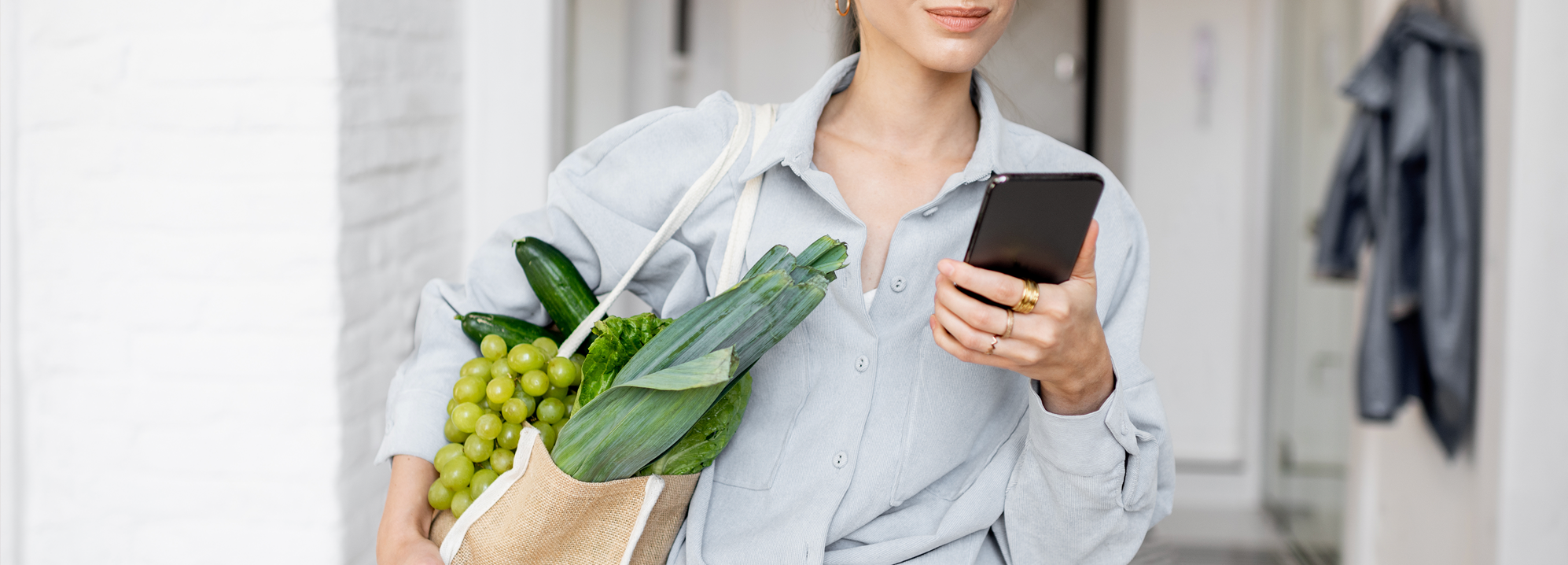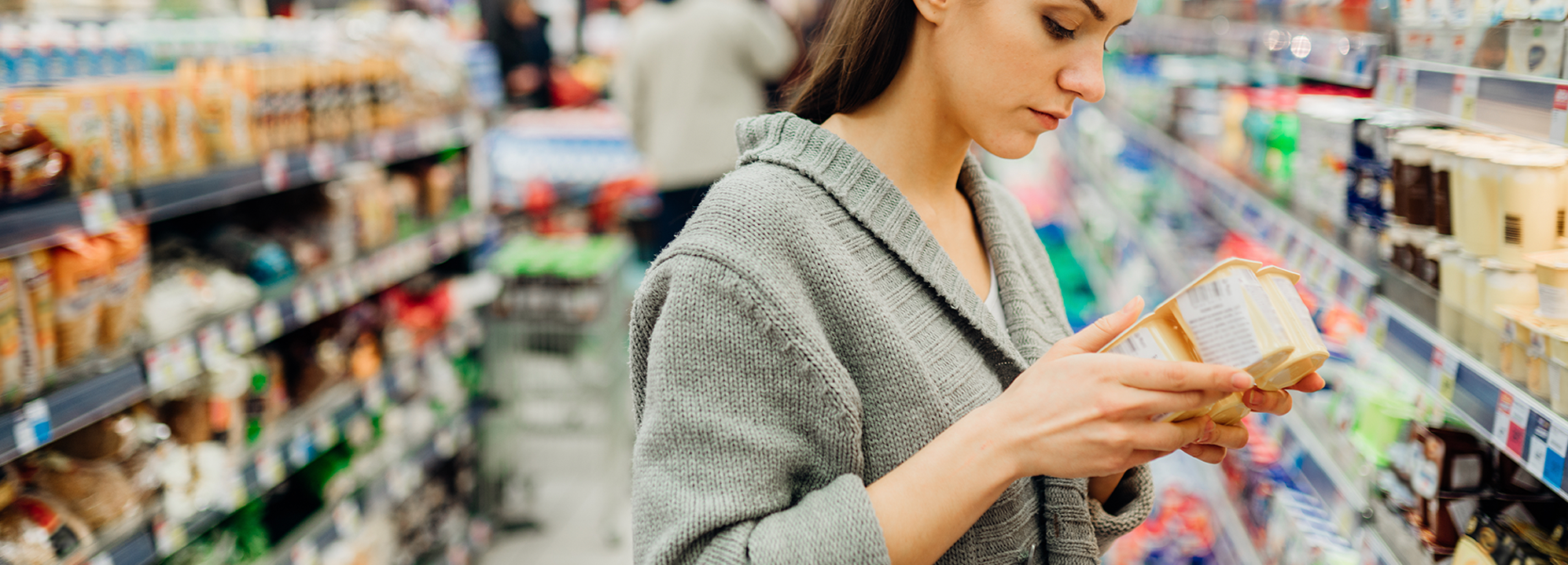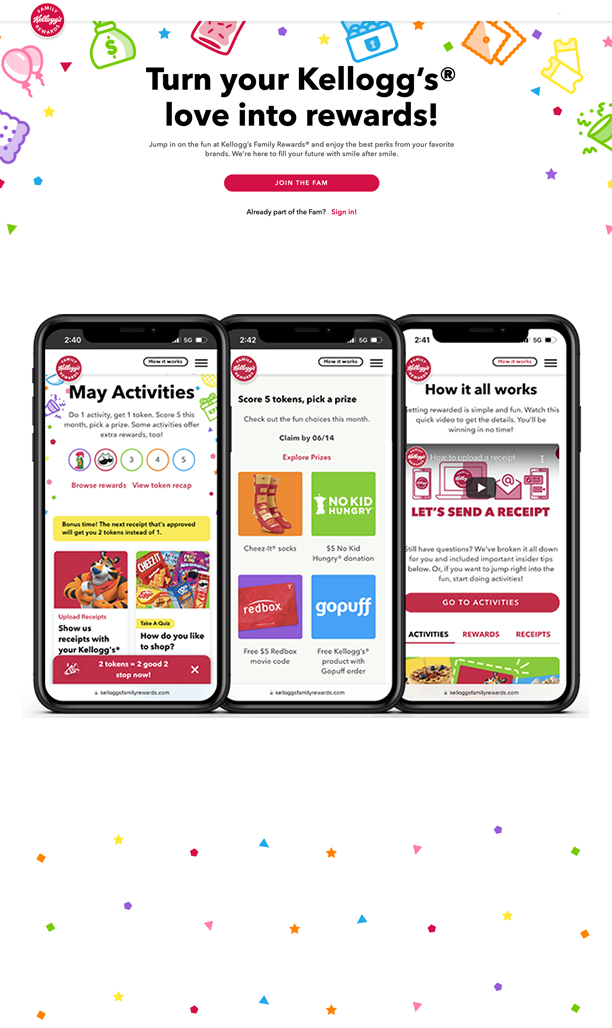Competition in the CPG sector has always been intense, but food manufacturers now also face an increasingly fragmented retail market, as well as an evolving set of social trends that have changed the landscape of the industry.
Setting the agenda for CPG food and beverage companies are issues of:
- Health & Wellness Focus
- Omnichannel Campaigns
- Price Sensitivity
- Transparency & Sustainability
With enabling technologies like social media, mobile apps, and other digital technologies that pave the path to purchase, CPG foods companies are feeling the glare of the consumer spotlight. The COVID-19 pandemic strained the industry as supply chains struggled and consumers spent more time cooking at home. While 2020 was an unusual year, the market is still expected to grow 5.84% year-over-year to 2025.
- Revenue in the food & beverages segment is projected to reach $26,774m in 2021
- Online food and beverage sales, including grocery and restaurant online delivery, jumped 125% in 2020 to $106b
- Revenue is expected to show an annual growth rate (cagr 2021-2025) of 5.84% , resulting in a projected market volume of $33,597m by 2025
- Food & beverage made up 44% of online sales in the cpg segment in 2020
In 2020, food and beverage became the largest online CPG segment, and represented
44% of sales for the year. While online sales were obviously fueled by the pandemic, other pressures on the industry, such as clean store policies and consumer push for personalized experiences, could sustain online shopping in this category.
In order to help you understand the key drivers of change and keep their engagement with consumers relevant, we’ve put together this brief guide to CPG food industry trends.















